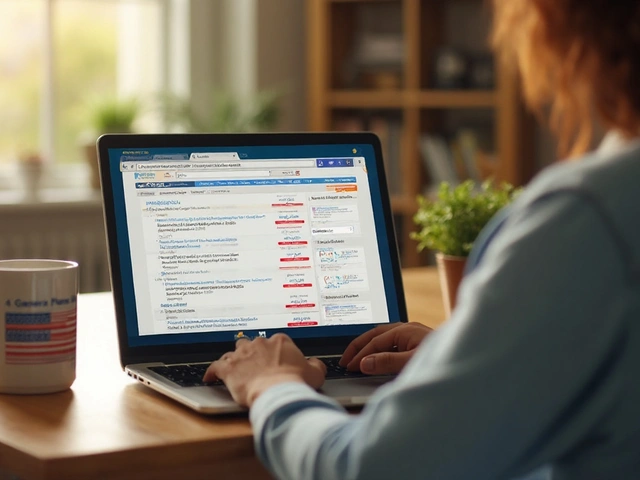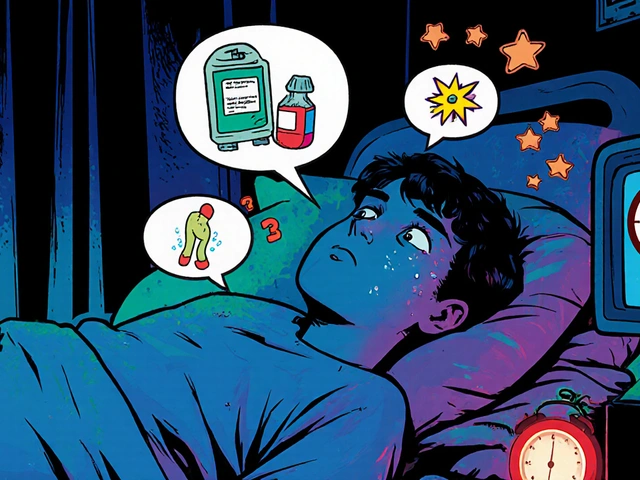Thermotherapy: How Heat Can Relieve Pain and Boost Healing
Ever wonder why a hot water bottle feels so good when you’ve got a sore back? That’s thermotherapy in action – using heat to calm muscles, increase blood flow, and speed up the body’s natural repair process. It’s a simple, low‑cost tool that many people overlook, but when used correctly it can make a real difference in everyday aches.
How Thermotherapy Works
Heat raises the temperature of the tissue underneath, which widens blood vessels and lets more oxygen‑rich blood flood the area. That extra circulation brings nutrients and helps clear out waste products that cause soreness. At the same time, heat relaxes tight muscles and reduces the firing of pain signals to the brain. The result is a noticeable drop in stiffness and a feeling of looseness that’s hard to beat with pills alone.
Thermotherapy isn’t a magic cure, but for chronic muscle pain, joint stiffness, or mild spasms it can be just the boost you need. It works best on “old” injuries – things that have been around for a while – rather than fresh swelling, which actually benefits from cold.
Practical Ways to Use Heat at Home
Here are the most common, user‑friendly heat tools you can find in any kitchen or bathroom:
- Warm compress: Soak a clean cloth in hot (not scalding) water, wring it out, and place it on the sore spot for 15‑20 minutes. Re‑heat as needed.
- Heating pad: Electric pads let you set a steady temperature. Start low, then adjust until you feel comfortable warmth.
- Hot water bottle: Fill a rubber bottle with hot water, wrap it in a towel, and apply it to the affected area. It holds heat for a good hour.
- Warm bath or shower: Immersing the whole body in warm water relaxes multiple muscle groups at once – perfect after a long day of sitting.
- Infrared lamp: If you have one, a low‑intensity infrared lamp can target deeper tissues without the mess of water.
Whichever method you choose, limit each session to about 20 minutes. Too much heat can cause skin irritation or, in rare cases, burns. Always place a thin towel between the heat source and your skin if you’re using something that’s hotter than body temperature.
Don’t use heat if you have an acute injury that’s still swelling, an open wound, or a condition that makes you sensitive to temperature changes (like certain neurological disorders). In those cases, cold packs are the safer bet.
Mixing heat with gentle movement can super‑charge the benefits. After a warm compress, try a short stretch or light walk; the muscles are more pliable and the circulation boost helps the stretch work better.
Remember, thermotherapy is a supportive tool, not a replacement for professional care. If pain persists, worsens, or is accompanied by unusual symptoms, check with a doctor or physiotherapist.
Bottom line: a little warmth can go a long way. With the right technique, safe timing, and a bit of common sense, thermotherapy becomes a handy, drug‑free option for everyday aches and minor injuries. Give it a try the next time you feel tight – your muscles will thank you.

How to Use Heat and Cold Therapy for Fast Muscle Stiffness Relief
Learn step‑by‑step how to apply heat and cold therapy to ease muscle stiffness, when to choose each method, safety tips, and a handy comparison table.
View More




